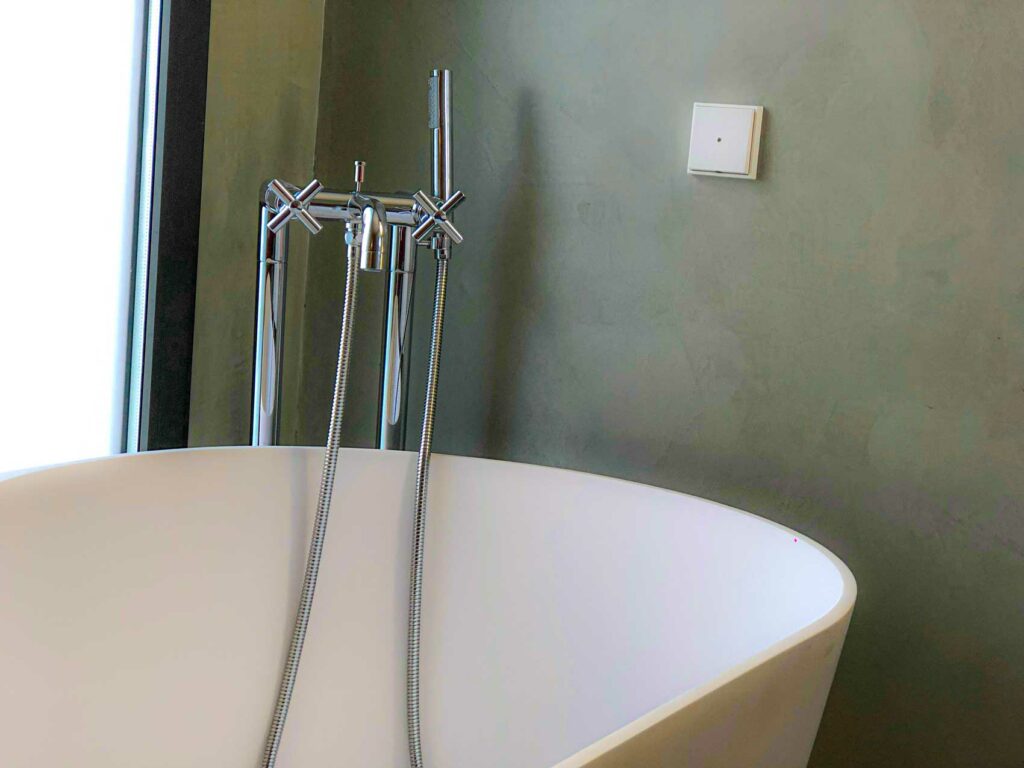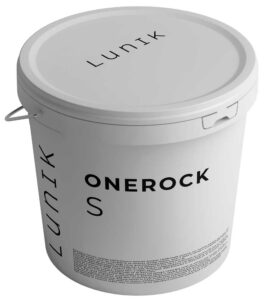
Microcement in Radiant Floor
Microcement Radiant Floor Microcement Application on Radiant Floor MICROCEMENT RADIANT FLOOR – When winter arrives is when you consider changing the heating of your house.
PLASTERBOARD AND MICROCEMENT – Plasterboard, a widely used material in construction, has gained popularity in recent decades thanks to its lightweight nature, ease of handling, and exceptional insulating properties. This material not only offers remarkable fire resistance but also facilitates soundproofing and quick installation, leaving a clean environment after use. For these reasons, plasterboard has become an essential element in renovations and interior design for homes, commercial spaces, and offices.
In recent years, the combination of plasterboard and microcement has emerged as a key option for design and renovation projects, meeting the growing demand for modern and functional spaces. The ability to create seamless, joint-free surfaces has convinced architects and designers, making this trend one of the most innovative today. However, working with these materials requires technical knowledge to ensure a uniform and durable finish.

Every surface has different absorption characteristics, and plasterboard, in particular, has a high absorption rate. This can lead to color variations in the microcement depending on installation conditions. Therefore, proper surface preparation is essential.
To standardize absorption, applying an epoxy primer is recommended, as an acrylic bonding bridge is insufficient to prevent tonal differences or unwanted marks between boards. This step ensures a uniform, high-quality finish.
Before applying microcement, plasterboard sheets must be fully taped, and screws adequately plastered. This prevents absorption issues and prepares the surface to receive the coating.
If the surface is entirely plasterboard, it is possible to reduce the number of base layers by directly applying one or two coats of ONEROCK S or M. This results in significant time and cost savings without compromising the quality of the finish.
For bathrooms or other areas exposed to humidity, moisture-resistant plasterboard (typically green in color) is recommended. Additionally, to avoid tonal differences, it is ideal to use a colored base (L or XL) or white epoxy paint to standardize the surface before applying microcement.
At Lunik, we specialize in manufacturing high-quality microcements designed to provide exclusive finishes and ease of application. Each of our products is developed with the highest technical and aesthetic standards, guaranteeing exceptional results for all types of projects.
The combination of plasterboard and microcement is a versatile and efficient solution for creating modern, durable, and aesthetically impeccable spaces. However, correct application requires technical expertise and the use of specialized products like those we offer at Lunik.
Visit our website to learn more and discover how our products can transform your construction and interior design projects. At Lunik, we are committed to offering innovative solutions that make a difference.

Microcement Radiant Floor Microcement Application on Radiant Floor MICROCEMENT RADIANT FLOOR – When winter arrives is when you consider changing the heating of your house.

Easy Microcement The Lunik Ready-to-Use Microcement for Non-Specialists EASY MICROCEMENT – One of the first issues when talking about microcement is its difficulty. Traditionally, the

Polyurethane Varnish in Microcement The Importance of Polyurethane Varnish in the Application of Microcement POLYURETHANE VARNISH MICROCEMENT – Applying microcement is a technical process that